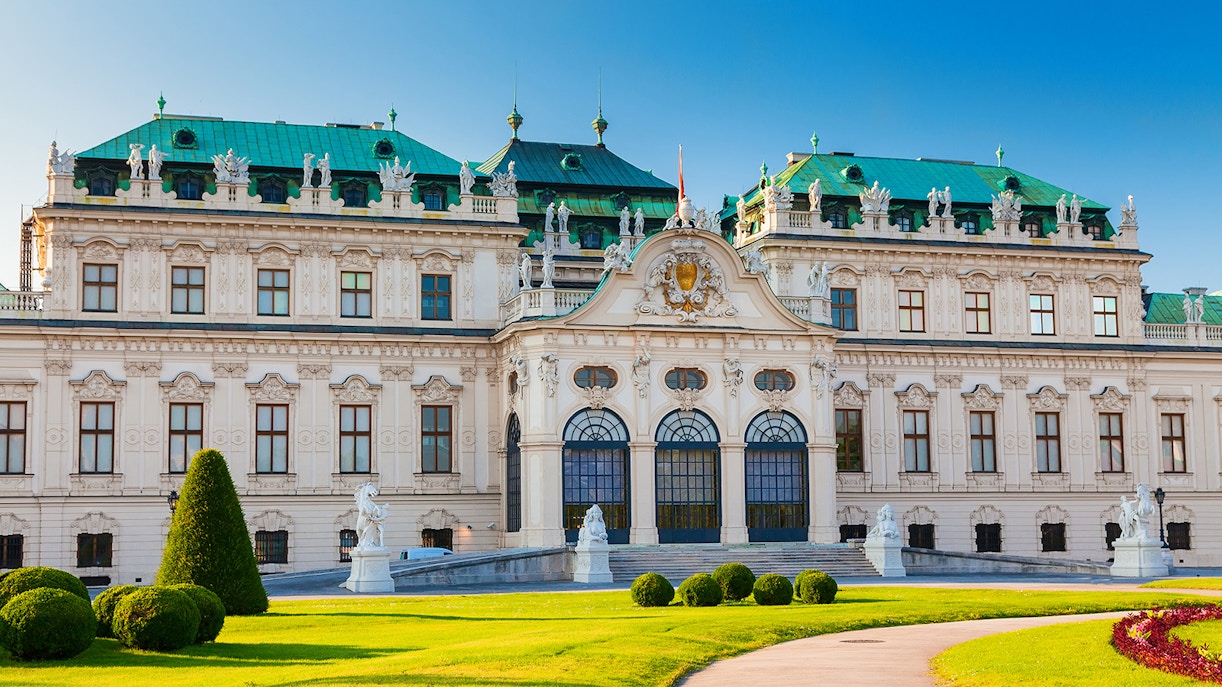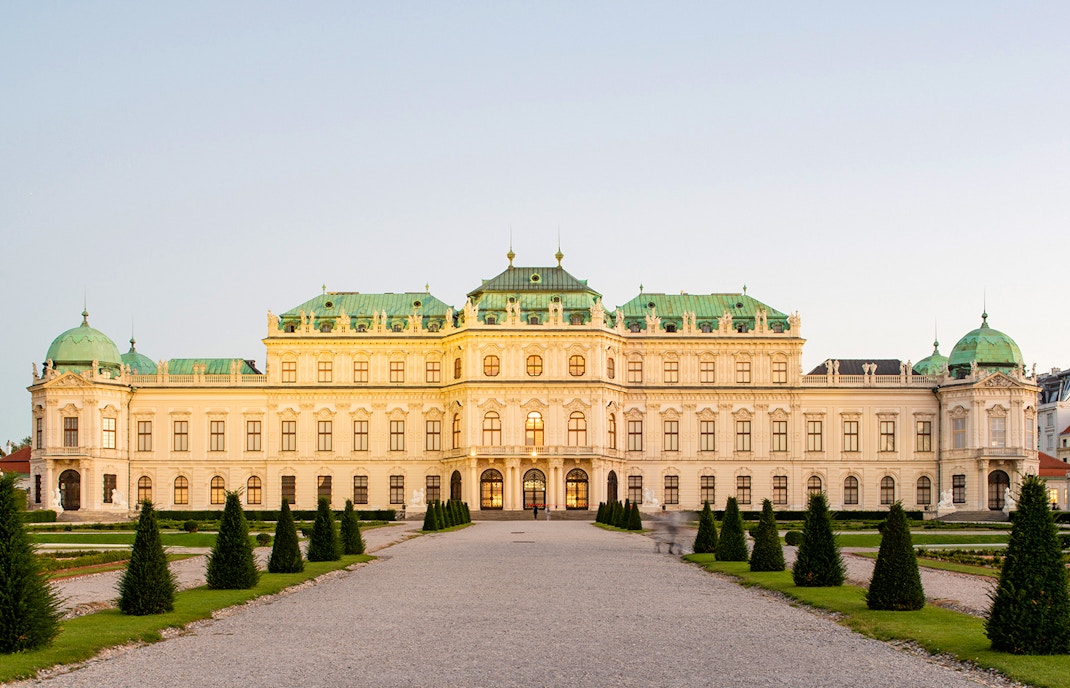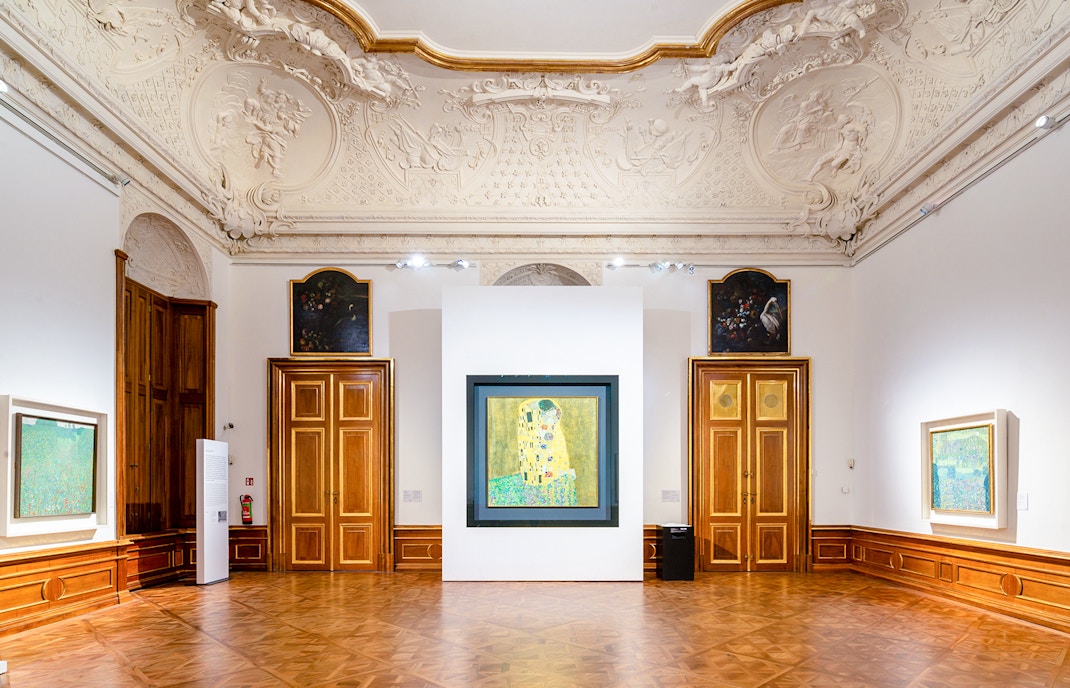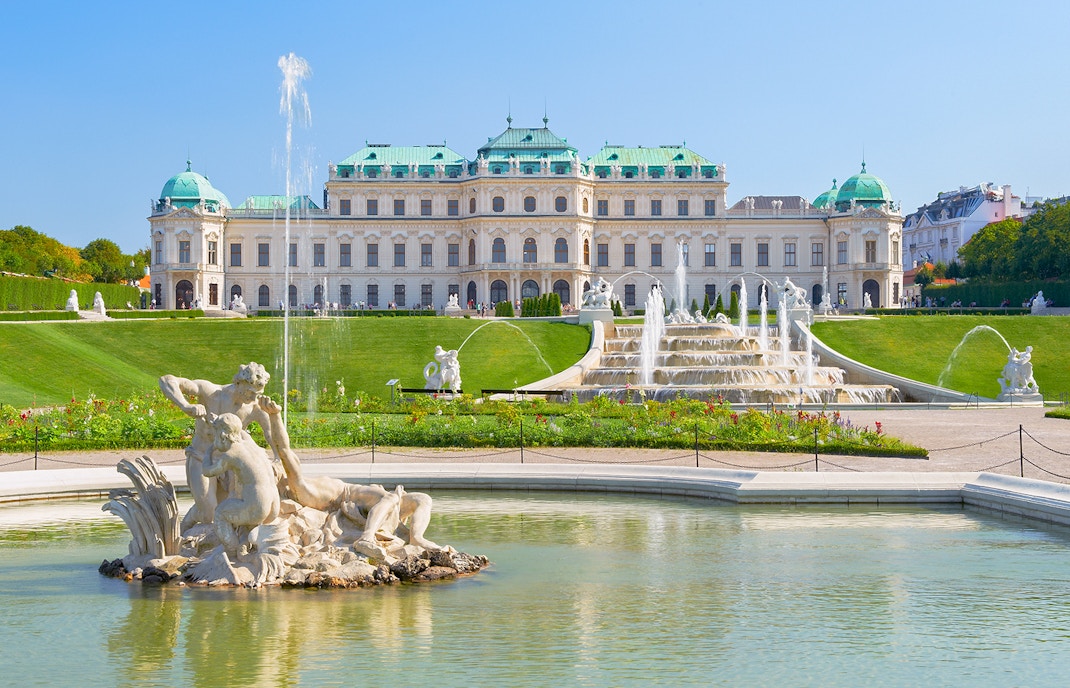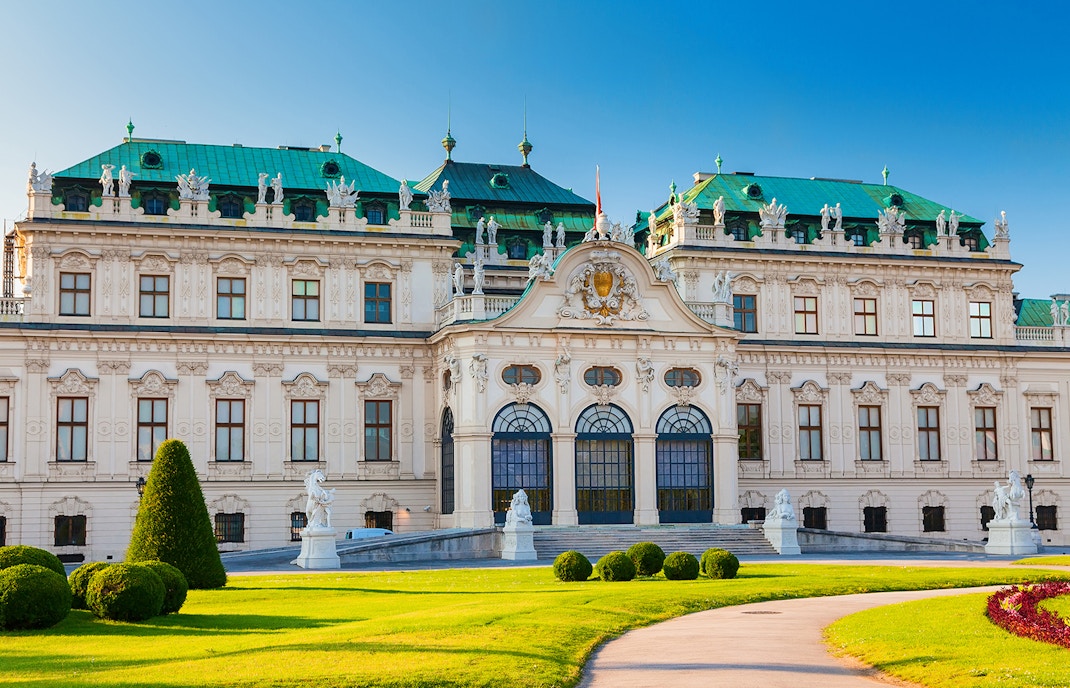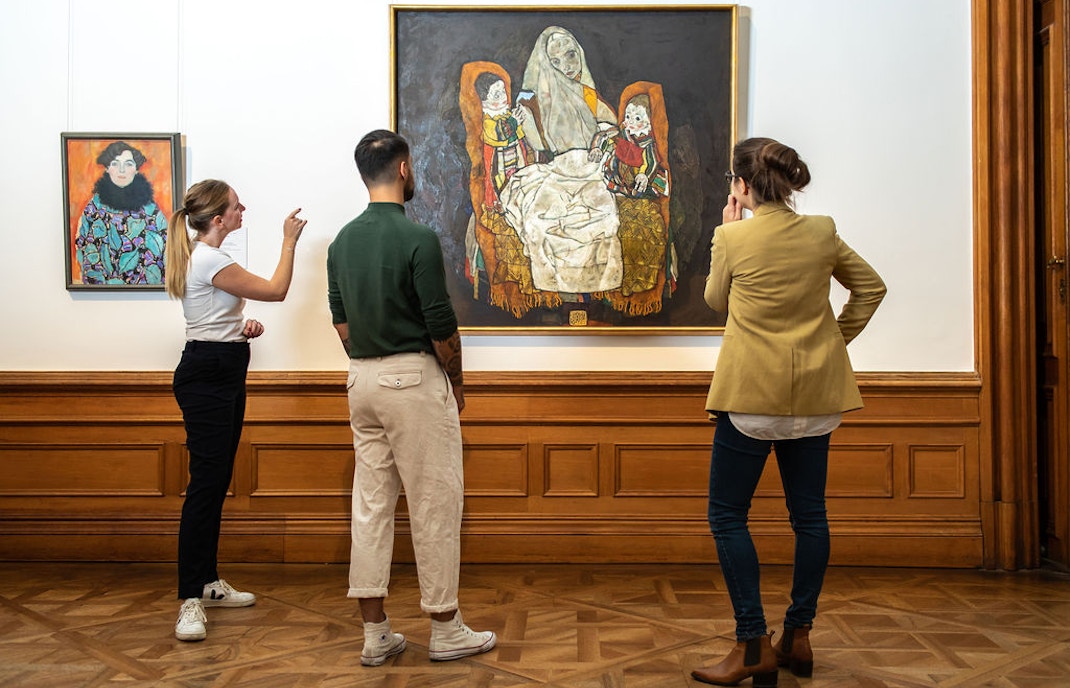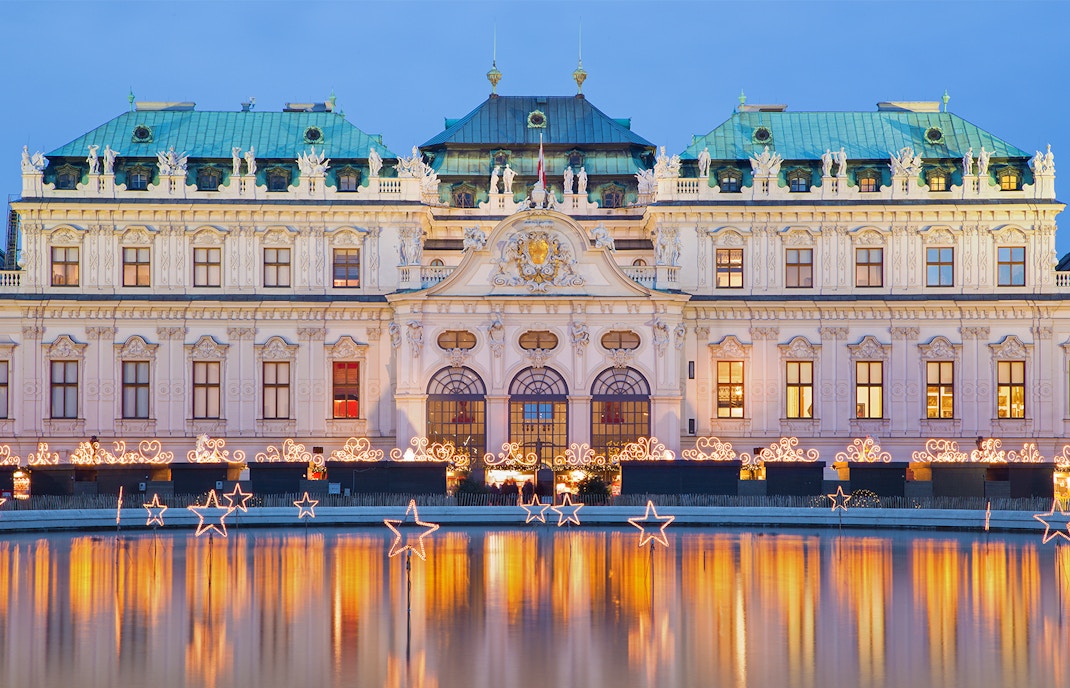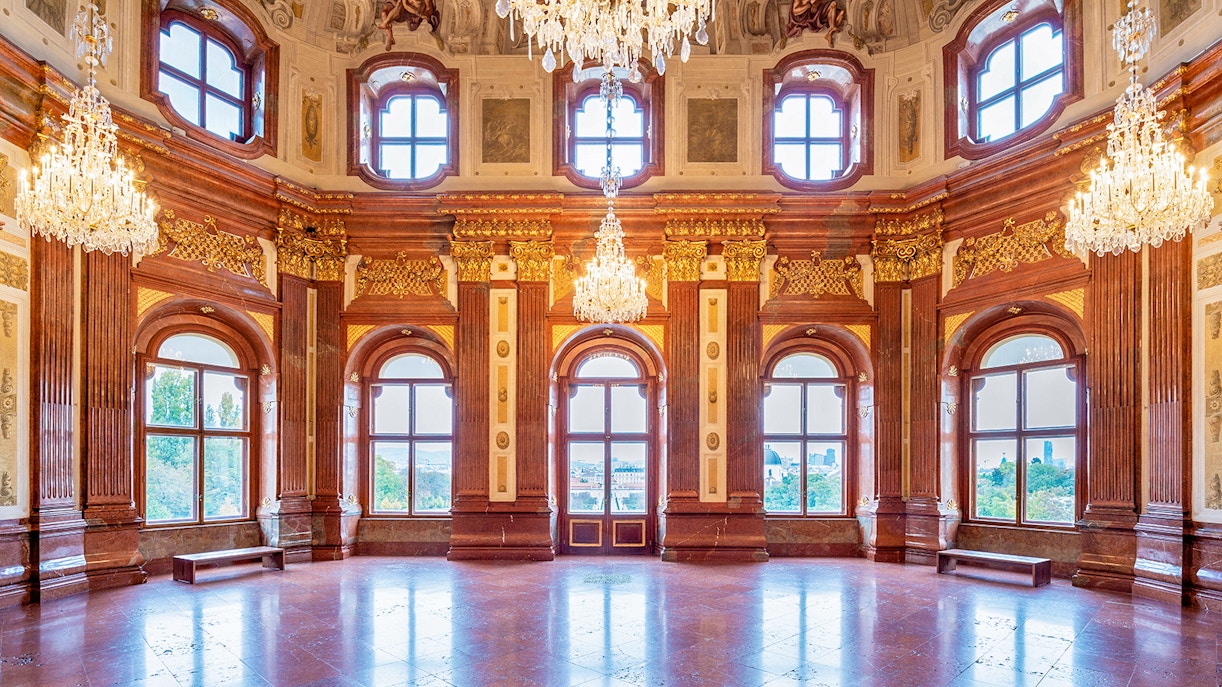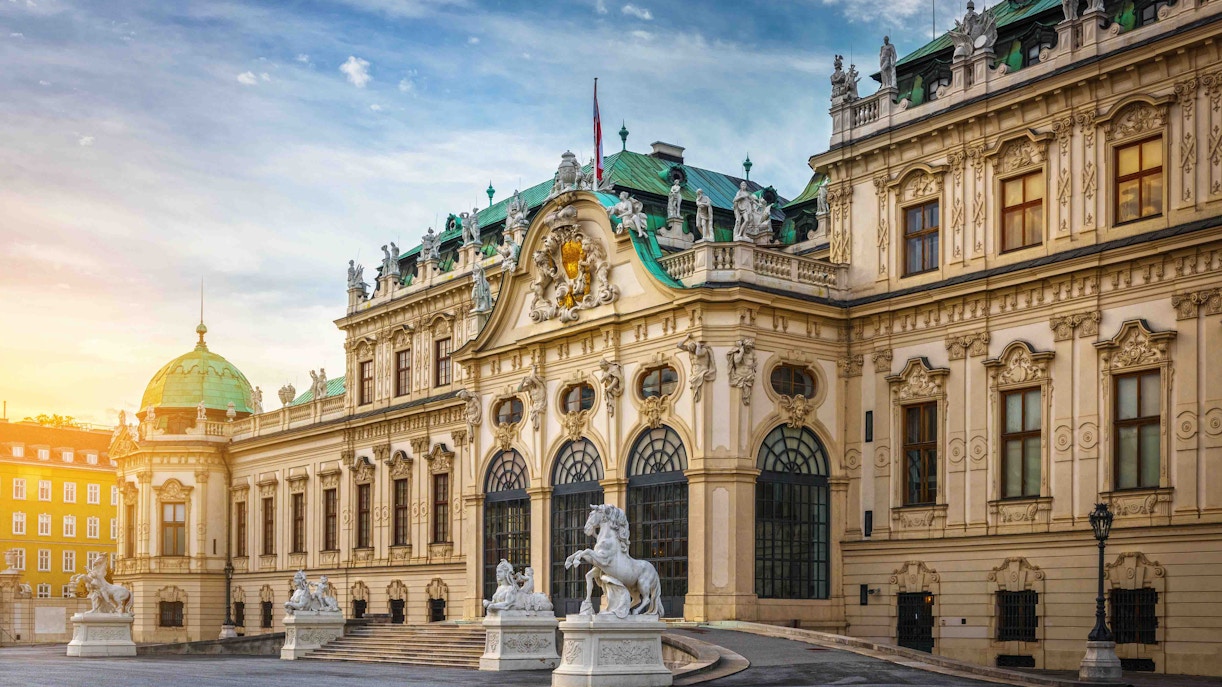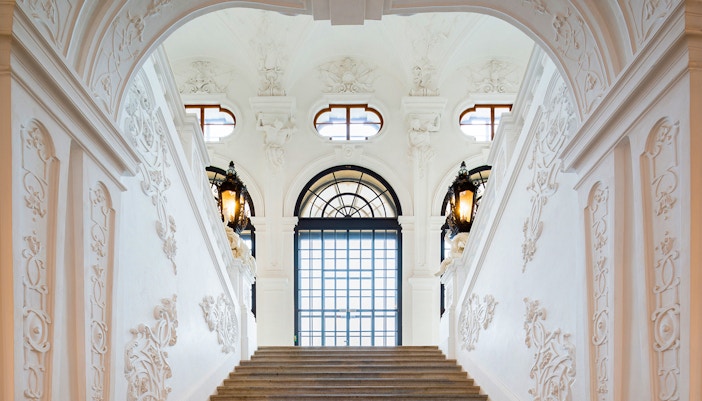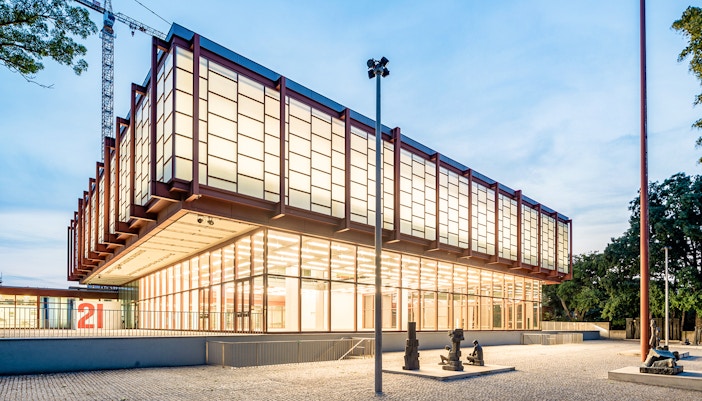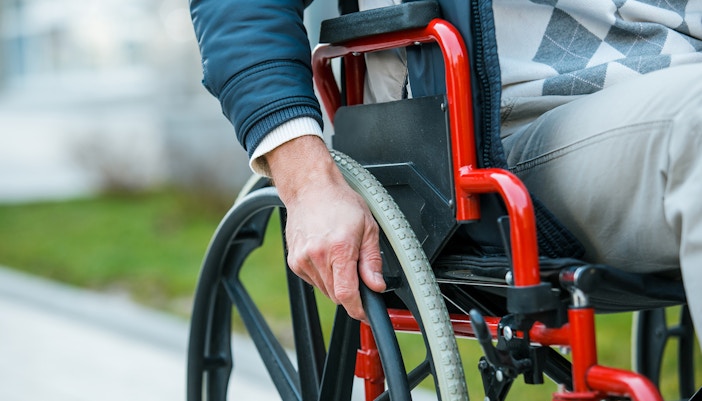- Upper Belvedere Palace:
Monday to Sunday: 9 AM to 6 PM - Lower Belvedere Palace:
Monday to Sunday: 10 AM to 6 PM - Belvedere 21 Museum:
Tuesday to Sunday: 11 AM to 6 PM
Thursday: 11 AM to 9 PM
Closed on: Mondays, except for public holidays
Duration of visit: 4 to 5 hours
Best time to visit: April to June and September to October, for moderate temperatures and flowering palace gardens
